
Nobody is a stranger to the conflicting feeling of eagerly sitting down to watch what has been described to them as a great film, only to realize from the opening scenes that the two hours and change left to the movie’s runtime is going to be a battle of endurance. Another analogous film going experience, and we’re all guilty of it, is watching a supposed great film, and it earns your respect, there are even parts of it that you thoroughly enjoy, but that you sheepishly admit, if not to your friends then to your heart of hearts, that you won’t be watching it again in a foreseeable future that includes your lifetime.
No list is perfect. Neither is this one. Some of your favorite films may appear on it, or others that you don’t consider so difficult, yet to the wider but still intelligent and passionate film-going audience, the following 10 films will at least challenge their taste, expectations, and intellect, sometimes simultaneously, making them unanimously hard to love.
1. Antichrist (2009, Lars von Trier)
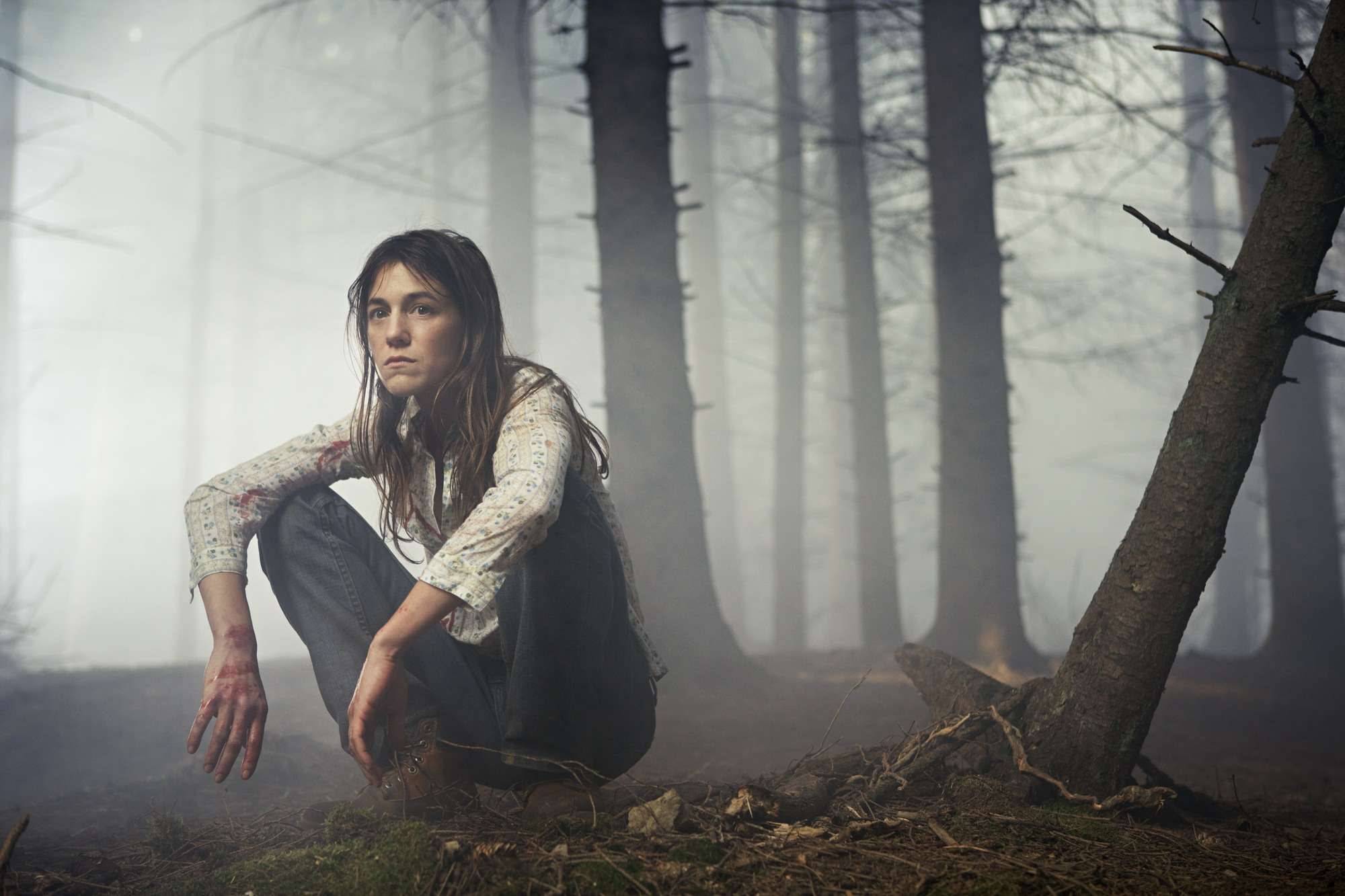
A descent into the depths of depression, this film from Lars von Trier visualizes the oscillating inner landscapes of a couple battling with the loss of their son. Having let their son fall to his death while having sex, the couple is unable to come to grips with their grief, retreating to their forest cottage in search of peace. What occurs is an unsettling exploration into pain, anxiety, and fear.
Envisioned initially as a horror film, the story quickly evolves into a psychological study that transcends categorization. Nonetheless, the characters still express themselves in grotesque ways. Vital to the complicated relationship and eventual resentment the wife develops towards sexual pleasure, the graphic on-screen violence has become the target of ridicule. Part of the film’s greatness rests in the visceral performances of Charlotte Gainsbourg and Willem Dafoe. Yet their believability as these characters makes the explicit and punitive dimensions of the film more objectionable, and too ruthless for some to bear.
2. Au Hasard Balthazar (1966, Robert Bresson)
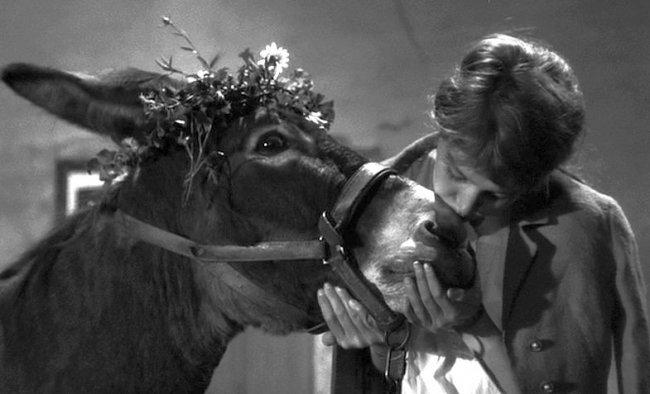
For writer/director Robert Bresson, there was no better way to articulate the misery of existence and human cruelty than to create a film about the wretched life of a donkey named Balthazar. Passed around from owner to owner until he is no longer of any use, Balthazar’s sad fate is a cry for compassion among so many stone hearts.
What immediately makes this film hard to love is that the protagonist is an animal. It has no dialogue or interior monologue, its thoughts and feelings must be inferred from close-ups on its eyes, the swing of its tail. The audience must get in touch with the best part of themselves to share the same empathy with Balthazar that they would have for his human counterpart, and that few characters are capable of. This moral conundrum that plays out within the film also occurs within the viewer as they are watching it.
Bresson is revered for his principled approach to filmmaking, bringing with it peculiarities that can be grating to those unfamiliar with his films. Most noticeable among these are his use of unprofessional actors. For the uninitiated viewer, the performances in a Bresson film appear amateurish, absent of pathos. Yet for the director this lack of intention was precisely his aim. He wanted his actors, or his models as he preferred to call them, to be as ignorant as possible about their characters. Only then could they perform their roles in a state of automatism that abandons artifice and embraces authenticity. Convictions about the strength of sounds over images, that the significance unifying two scenes exists in the cut separating them, and that dialogue should be spoken as a monologue, are some among many other stylistic choices that alienate viewers from the singular experience of a Bresson film. Au Hasard Balthazar is the most representative of them.
3. Daisies (1966, Vĕra Chytilová)
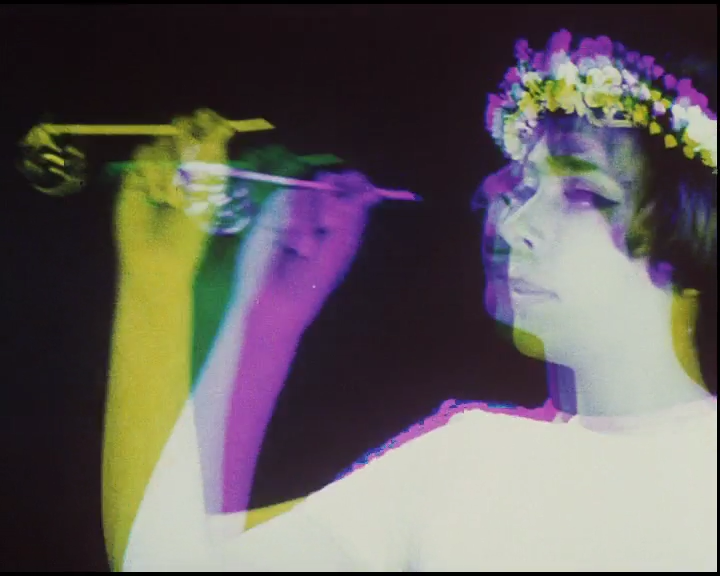
Nothing pleased the New Wave more than shattering convention, but none were as anarchical as Daisies. This story of two girls who just want to have fun would blush the cheeks of even the most iconoclastic punk rockers. There is a nobility to the infantile and fearless attitude of these two women. They spend much of the film’s short running time eating, repulsively smacking their tongues against the roofs of their insatiable mouths, and gleefully destroying the sets. Absurdity is their mode, but as they point out, they are only subscribing to the manner of the times.
From Czech director Vĕra Chytilová, Daises revels in the burlesque, radically switching between black and white, color, and strange filters. It implements split-screen, documentary footage, cuts scenes in the middle of the action, changing setting and scenario with only tenuous narrative links. Certainly, there is no narrative to speak of. The chaotic destructiveness of the film’s distinctive art design keeps a playful tone despite the sinister suggestion of its allegory. The film’s rebellious pulse also prevails in its dedication: “This film is dedicated to all those whose source of indignation is a trampled on trifle.” Mohawks are cool, and you may have even had one once, but like watching Daisies, you probably won’t do it again.
4. Goodbye to Language (2014, Jean-Luc Godard)
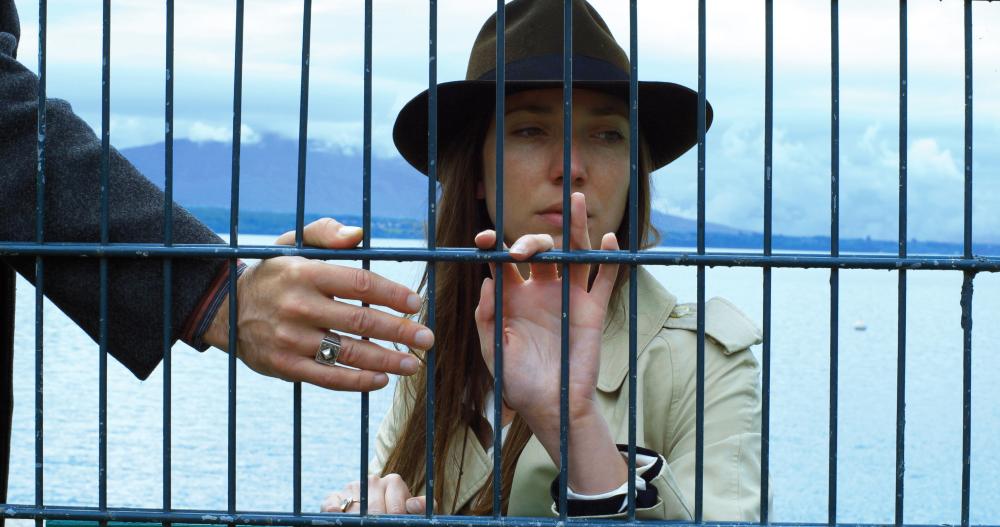
Similar to how James Joyce was a literary genius who eventually wrote novels no one could understand, Jean-Luc Godard has entered the same realm within the medium of film. He has broached the frontiers of possibility before, but Goodbye to Language marks a shift in his attention towards the capabilities of technology. This is a sentiment he articulated as early as the 1980s in an interview he did as part of a Wim Wender’s documentary, Room 666.
One can loosely grasp that the plot revolves around an adulterous affair, yet it communicates through so much intertextuality that unless one approaches the film with a lifetime’s experience of reading, watching films, and visiting the world’s finest museums, then they are guaranteed to sink under the immensity of its cultural references.
Furthermore, Godard has made it his late life’s mission to validate the technological advances of the industry, incorporating 3D and footage recorded from cellphones, that so many other directors condemn as the death of the arthouse. As fractured as his vision appears to ordinary viewers, it is hard to argue that such an assembly of unlikely tools is less than the work of a genius. The film is also admirable as a great work for retaining the avant-garde spirit that gave Godard and company their youthful vitality during their explosion in popularity during the 1960s.
5. La Belle Noiseuse (1991, Jacques Rivettes)
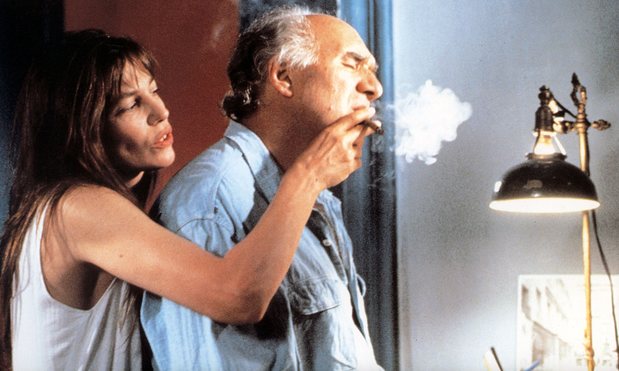
An aging melancholic painter named Frenhofer has put down his brushes and has retired to his chateaux in the south of France, living out his final years peacefully with his beloved wife. During a visit from a young couple, Frenhofer reveals he never reached fulfillment as a painter, leaving a portrait of his wife unfinished that was to become his masterpiece entitled “La Belle Noiseuse.” The young man, an aspiring artist himself, suggests Frenhofer attempt his masterpiece one last time, volunteering his beautiful fiancée to model for him.
Of the “Young Turks” who cut their teeth at the Cahiers du Cinema, director Jacques Rivette is the least well-known. His lack of popularity isn’t because his films are inferior, quite the contrary, but because of their difficulty and notoriously long running times. One of the greatest films about the artistic process ever made, La Belle Noiseuse, adopted from the short story of the same name from Honoré de Balzac, has a running time of just under four hours.
Many cinephiles consider films of this length as a welcome challenge. Long over the shoulder shots fascinate over the details of Frenhofer at work, concentrating on his grip of the pen, the trepidation of his hand as he draws a line, the organization of his workbench. Sounds of his labor, the scratch of charcoal against the paper and the drip of water when he wets the tip of his pen, are the only accompaniments to these minimal meditative scenes. The quiet pensiveness has the power to crumble the perseverance of devout film lovers. For those who embrace the drawn-out rhythm, they will realize that the turbulent cycle of patience and impatience it invokes in the viewer emulates the maddening frustration of the artist who must maintain faith in the artistic process.